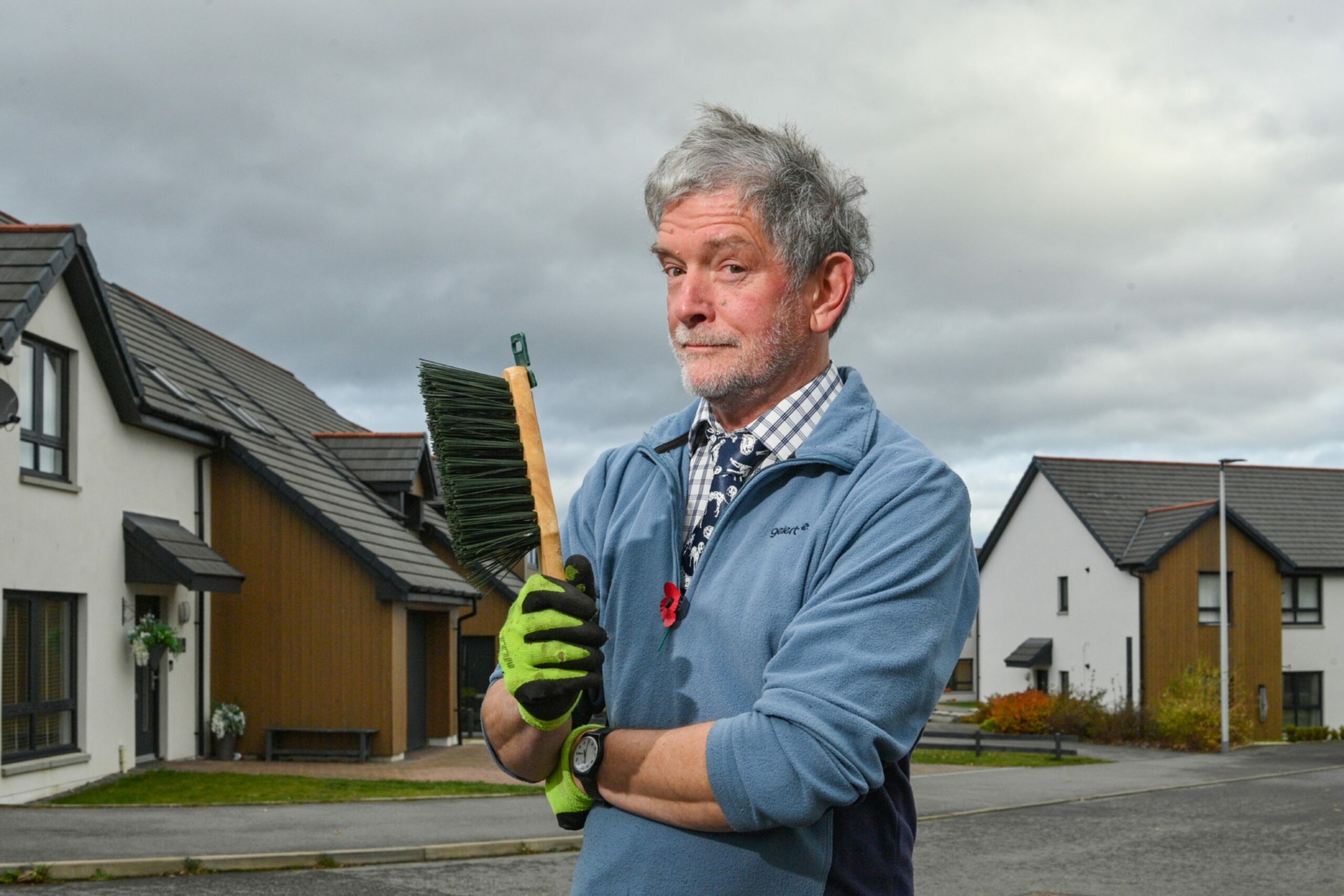Tory nominees Liz Truss and Rishi Sunak continued their heated arguments this week over how they would deal with the cost of living crisis if they became prime minister.
In a sixth official leadership meeting, Truss and Sunak focused primarily on taxes as they discussed ways to help struggling households.
However, according to Nicky Stevenson, MD of Fine & Country, it remains to be seen “where housing will sit on the upcoming political agenda” once the race for the next prime minister is decided.
“As inflation continues to rise, public sector wage negotiations make headlines and the war in Ukraine rages on, the economic response of the next UK Prime Minister will matter,” Stevenson said.
She pointed out that while the UK economy grew 0.5% in the year to May, which is now estimated to be 1.7% above pre-Covid-19 pre-coronavirus levels, the global economy said the IMF report reportedly shrunk for the first time since 2020.
“In response, it has downgraded expectations for economic growth in 2023, forecasting UK growth of just 0.5%, far below April’s 1.2% forecast,” she added. “UK inflation is currently at 9.4% on the year to June and the highest since 1982, not expected to return to the Government’s 2% target in two years.”
“As expected, the Bank of England raised interest rates by a further 50 basis points, taking the policy rate to 1.75%, its highest level since December 2008,” she adds. “The current situation is not limited to the UK, it is a global problem. As a result, the eurozone hiked interest rates in mid-July for the first time in a decade, while the US Federal Reserve raised its target interest rate to between 2.25% and 2.5% after twice raising it by 0.75% in June and July. ” She said.
Although they have slowed, house prices across England and Wales continue to rise, with low inventories continuing to support prices. Buyer demand remains above pre-pandemic levels, but demand from new buyers is beginning to slow.
Stevenson continued: “The RICS report indicates that while the net balance of agents forecasting price growth over the next three and twelve months is still positive across all regions of the UK, it is down from introductory levels of the year has decreased.
“At 95,420, the June sales volume estimate is 8% lower than May and 6% lower than the pre-pandemic average between 2015 and 2019. HMRC data shows this is the first time in 2022 that the Volume has dropped below 100,000. Mortgage approvals, which are considered a barometer of future market activity, also fell below their pre-pandemic average in June. According to the Bank of England, 63,726 mortgages were approved in June, the lowest monthly total since the COVID-19 market shut down. However, lending remains high, with above-average mortgage activity in 2022. Currently, many buyers remain price-fixed, with less than half of the properties that have been for sale for more than ten weeks having been reduced in price.”
Looking specifically at the prime markets in England and Wales, Stevenson says the top end of the market continues to do well in many regions.
“The price threshold for a premium property is now £783,000, while the median price of a prime market property is 2.6% higher than a year ago at £1.2m. More than one in three agents report that selling prices for properties marketed between £500,000 and £1m are higher than asking prices. Higher level negotiations take place on properties listed for more than £1m. The main markets of London and the South East are currently experiencing the strongest price growth of any market in England and Wales,” she concluded.
 PLC 4ever
PLC 4ever


